The Assault Rifle Revolution
Welcome back, folks. Here we are at last. The elephant in the room. (Or possibly the mouse that scared the elephant in the room.) We’ve arrived at the M16. (And AR-10, AR-15, M16A1, M16A2, A3, A4, M4 Carbine, and… egads it’s a big family at this point.) Partly because of the large family, and partly because of the long history, (in one variation or another, the M16 has been in US service since 1964. As of this writing, that’s an incredible 61 years,) this is a subject too large in scope for a single post. Thus, I’m going to break it into three: The Assault Rifle Revolution, The M16 in Service, and The AR-15 Today.
But first, due to the fraught nature of discourse around these guns, lets establish some definitions. First is “Assault Rifle.” Those readers old enough to remember the Clinton Ban years, and some of the noises that have been made toward new “assault weapons” bans in the years since are probably twitching at the usage of the word “Assault.” But, while the phrase “Assault Weapon,” is meaningless gobbledy-gook foisted upon us by the clueless to make certain firearms sound scarier, “Assault Rifle,” is a legitimate term of art, referring to a select-fire rifle which fires an intermediate cartridge and loads from a detachable box magazine.
Let’s unpack the most important of those terms. “Select-fire.” In the case of the M16 family, this takes the form of a three position switch. It can be set to “Safe,” wherein it cannot fire at all. It can be set to “Semi,” which is semi-automatic mode, that is one round fires for every trigger press. To fire again, the trigger must be released and pressed again. The third position is “Auto,” or fully-automatic. Machine gun mode. One press of the trigger will keep the gun firing until the trigger is released or the ammunition is exhausted.
The modern civilian AR-15 is not select-fire. It has only two positions to its safety selector: Safe and Semi. No full auto. Without the capability of full auto, it is by definition not an assault rifle. An AR may look like an M16, but it’s like comparing a four-cylinder Mustang to the real fire-breathing V8 Mustang GT. They look alike, but they don’t drive alike.
We’ll come back to the AR-15, the “modern sporting rifle,” as the NRA would like us to call it in part three. For now, let’s focus on the actual assault rifles.
Assault rifles did not begin with the AR-15/M16. The first was the German Sturmgeweher 44, which translates to “Assault Rifle.” An earlier designation ofthe StG 44 was the MP 43, in which MP stood for Maschinenpistole. There’s a significant difference between a compact rifle chambered in 7.92x33 MM Kurz, (a reduction from the standard German 7.92x57MM Mauser) and the so-called Schmeisser, properly known as the MP 40. A new name was needed, and der Führer was happy to oblige. Sturmgeweher. Assault Rifle.
The next major milestone was the Soviet AK-47.
The US, however, was slow to join the party. Ten years after the AK-47 became “the preferred weapon of our enemies,” the the US adopted… (drumroll please) the M14. A class of weapon we now call the “battle rifle,” to distinguish them from “assault rifles.”
If you read about the M14, you’re familiar with its layout. It’s a full size rifle. It weighs 9.5 lbs, has a 22” barrel, and fires the 7.62 NATO/.308 Winchester, a full power rifle cartridge. Big heavy gun, big powerful cartridge. (Also a big, heavy cartridge.) A battle rifle is also generally considered to be select-fire capable, and feeds from a detachable box magazine.
The assault rifle, on the other hand, retains the box magazine and select-fire capability, but instead fires an “intermediate cartridge.” Both the AK and the StG us reduced power .30 caliber-ish cartridges.
The eventual M16 went a different direction. Instead of throwing the same bullet slower, it fires a much smaller bullet, much faster. Smaller and less powerful than the full power rifle cartridge, but far more capable than the submachinegun’s .45 ACP pistol cartridge, or the M1 Carbine’s much maligned .30 Carbine. The M16 family was designed around the .223 Remington, which later became the 5.56 NATO. A .22 caliber bullet, instead of .30 caliber. The standard bullet weight is 55 grains, rather than 150. Close to a third as much.
That has two significant effects. One on performance, and one on logistics.
Performance. The much lighter bullet, (even though it’s being pushed faster, 3,250 feed per second, compared to the .30 cal’s 2,800,) generates far less recoil. Less recoil makes for easier shooting. In a study of the marksmanship achieved by trainees of each system in 1961, 43% of those trained on the M16 qualified as expert, while only 22% of M14 shooters did.
It’s also critically important in full-auto fire. Both battle rifles and assault rifles are, by definition, full-auto capable. But if you remember from last week, that’s one of the M14’s Achilles heels. The recoil and muzzle rise are so significant that the Army itself declared it to be functionally useless in full auto. The goal that drove most of the M16’s design was full auto controllability.
The other angle is logistics. Because the recoil is so reduced, the rifle doesn’t have to be nearly as heavy to handle it. The M14 is 9.5 lbs, the M16A1 is over three pounds lighter, at 6.4. The ammunition is much lighter as well. The standard steel 20 round M14 magazine weighs 26 oz fully loaded, over a pound and a half. Compare that to the USGI 30 round aluminum mag full of M193 Ball, at 16.9 oz, just a smidge over a pound. 2/3s the weight for 4/3s the rounds.
The Army Ordnance Corps, in a fascinating 1952 report called An Effectiveness Study of the Infantry Rifle, took this to its logical conclusion. It asked if the standard loadout for a soldier with an M1 Garand (report was written pre-M14) was 15 lbs, for a rifle and 96 rounds of ammo, how would that picture change for various different theoretical rifle/cartridge combinations? They calculated a bunch of possibilities, but I don’t think they could have foreseen how revolutionary the M16 was in other ways, so let’s just plug in the real numbers. With the same 15 lb weight allotment, the soldier with an M16A1 could carry his 6.37 lb rifle, plus 8.63 lbs of ammunition. That’s 8 30 rd magazines, or 240 rounds, with a few ounces left over. Nearly 250% of the original.
When the increased accuracy potential of the lighter, easier to shoot loads are factored in, it’s a tremendous potential increase in effective firepower.
At the time the Army brass, having only recently faced fanatical human wave attacks in Korea, flatly dismissed this sort of slide-rule soldiering in favor of the tried and true .30 caliber Manly Man rifle. The Assault Rifle Revolution was only held off for a few more years, not halted. The slide-rules won.
Battle rifles, where they still exist at all, serve in limited numbers, in niche roles. They do offer benefits: greater penetration up close and more retained energy at distance, but it takes a specialist to really see those benefits. The average infantryman is better served with more bangs per pound.
To declare my bias, I’m an unabashed big-bore fan. My favored guns pointed me straight at Heavy Metal division in 3-gun. .308 rifle, 12 gauge pump, and a single stack .45.
Even so, if I was outfitting a unit, (a subject I’ve given some thought when writing post-apocalyptic fiction, (I promise, Mr Federal Agent Man, I’m a writer! Please take me off your list!)) I’d absolutely be looking at the lighter, cheaper, easier to shoot variety. As much as old fogeys, (and young fogeys, too) lament the “Mattel toy Barbie rifles,” they just make too much sense.
Now we know what an “assault rifle,” is. Next week, we’ll look at why the M16 is such a great one.

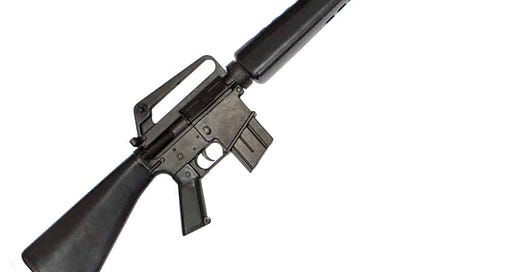




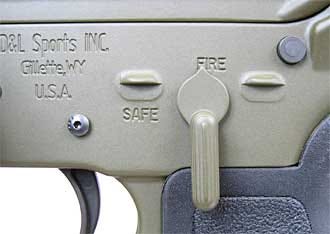
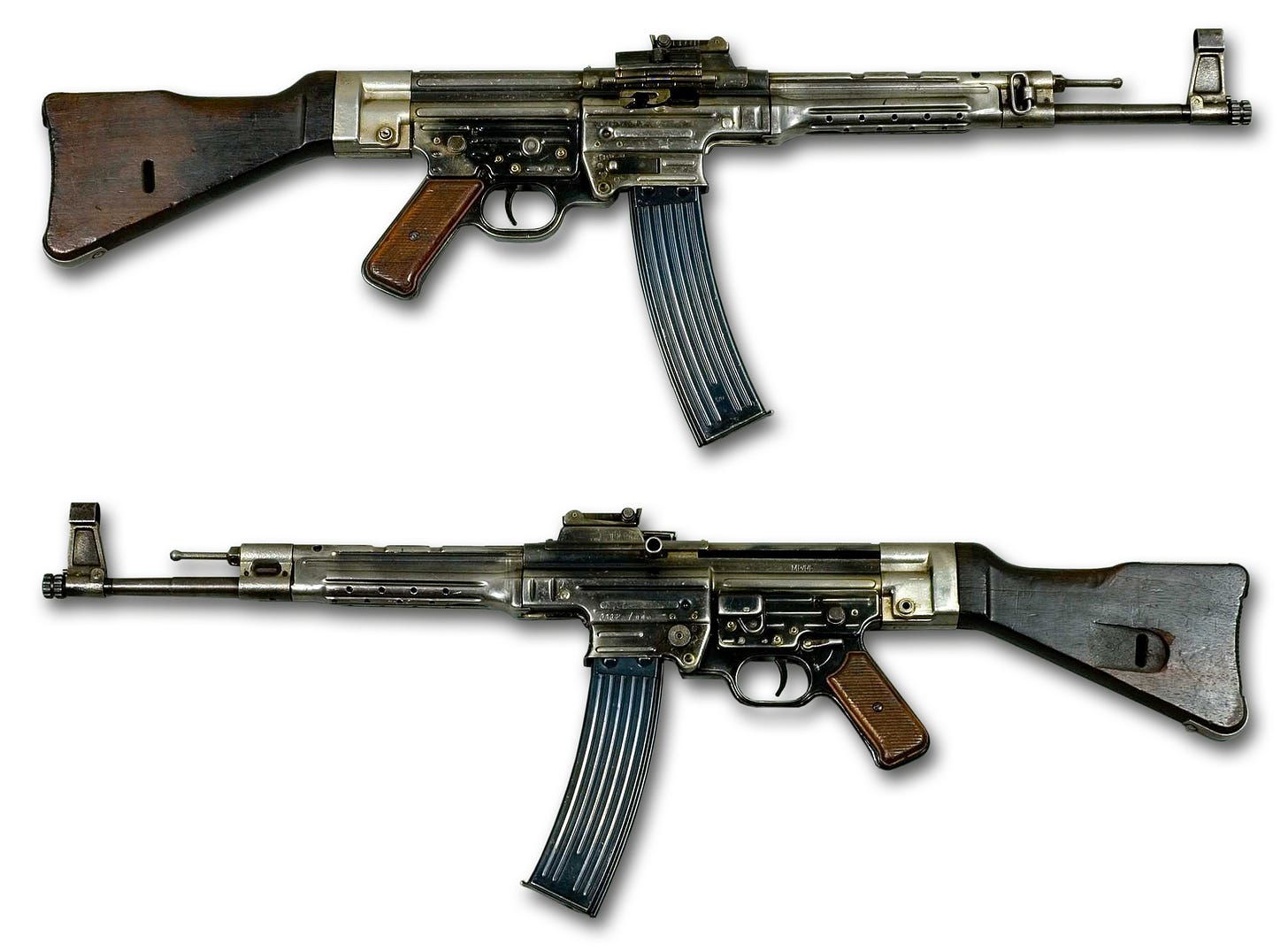
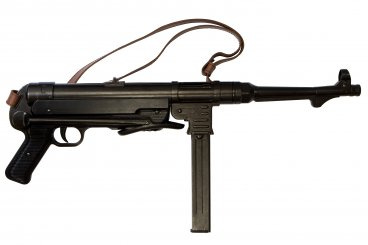

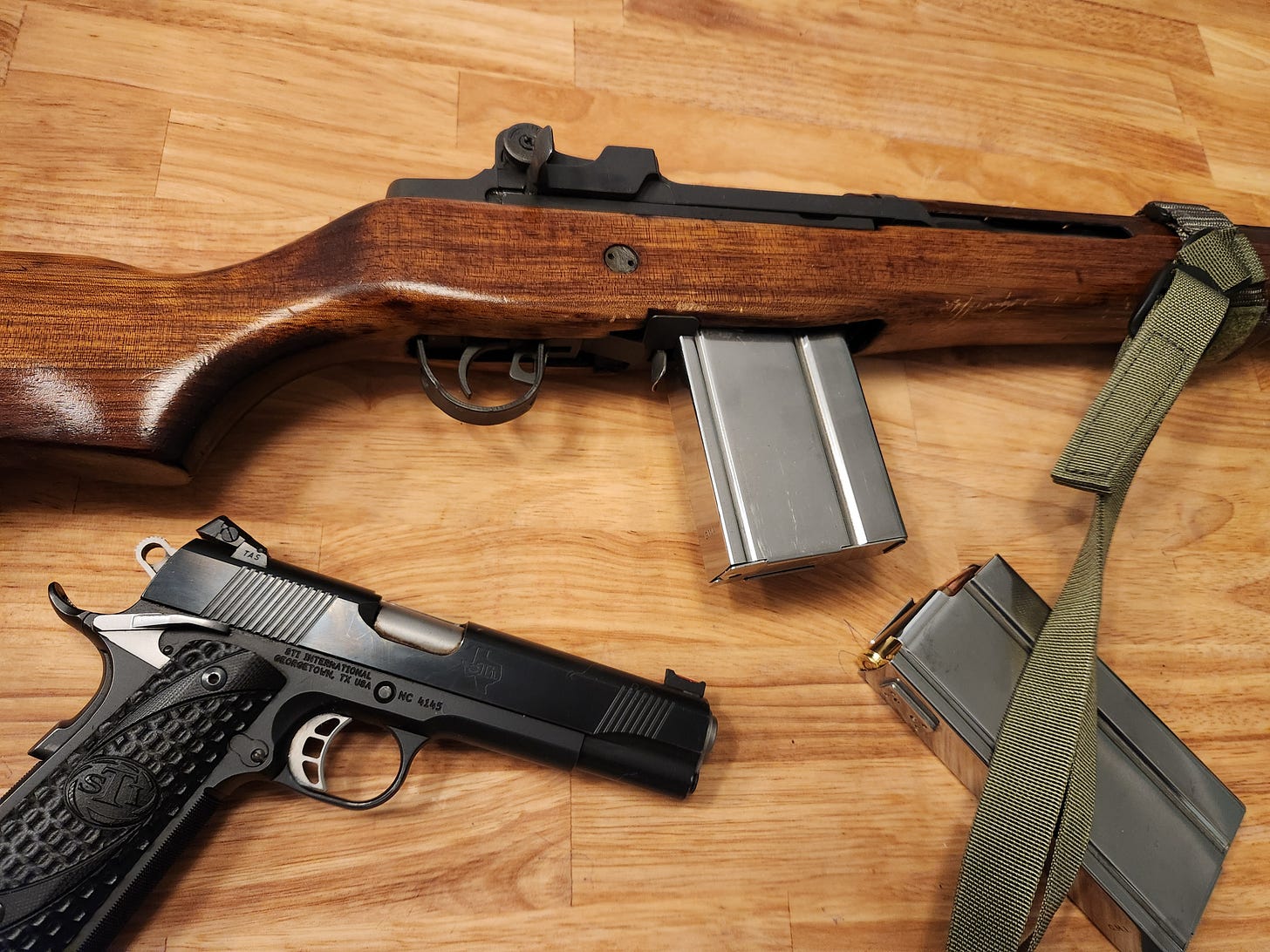
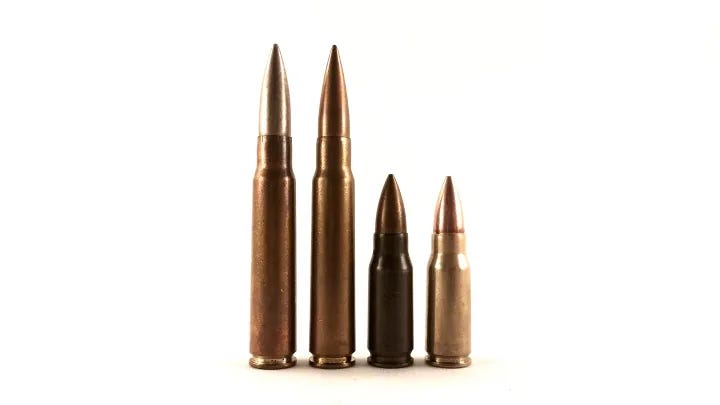

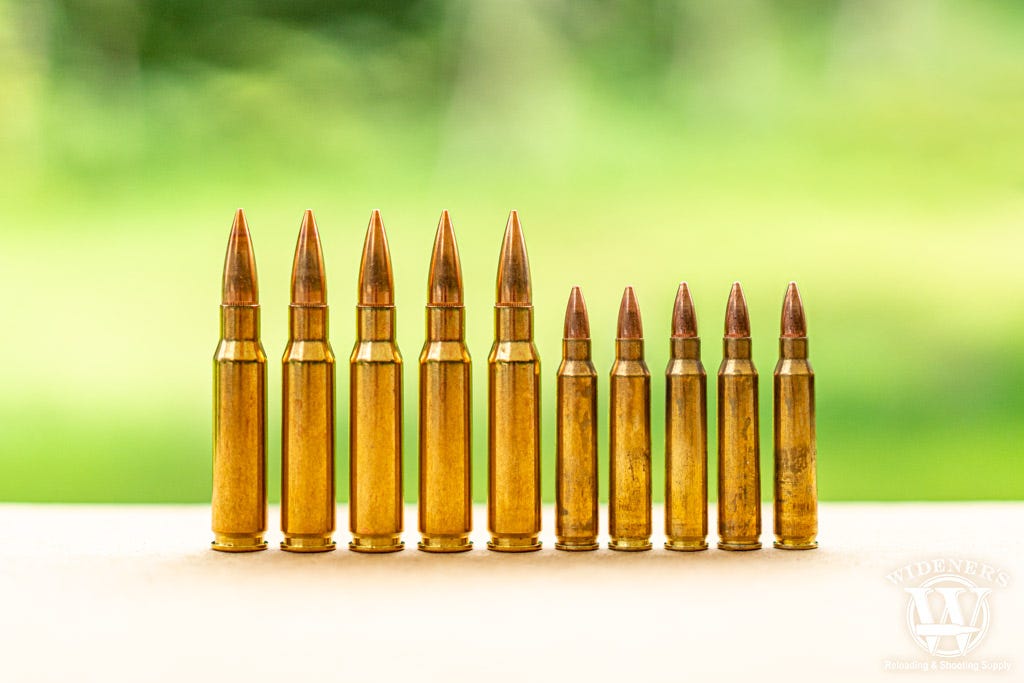
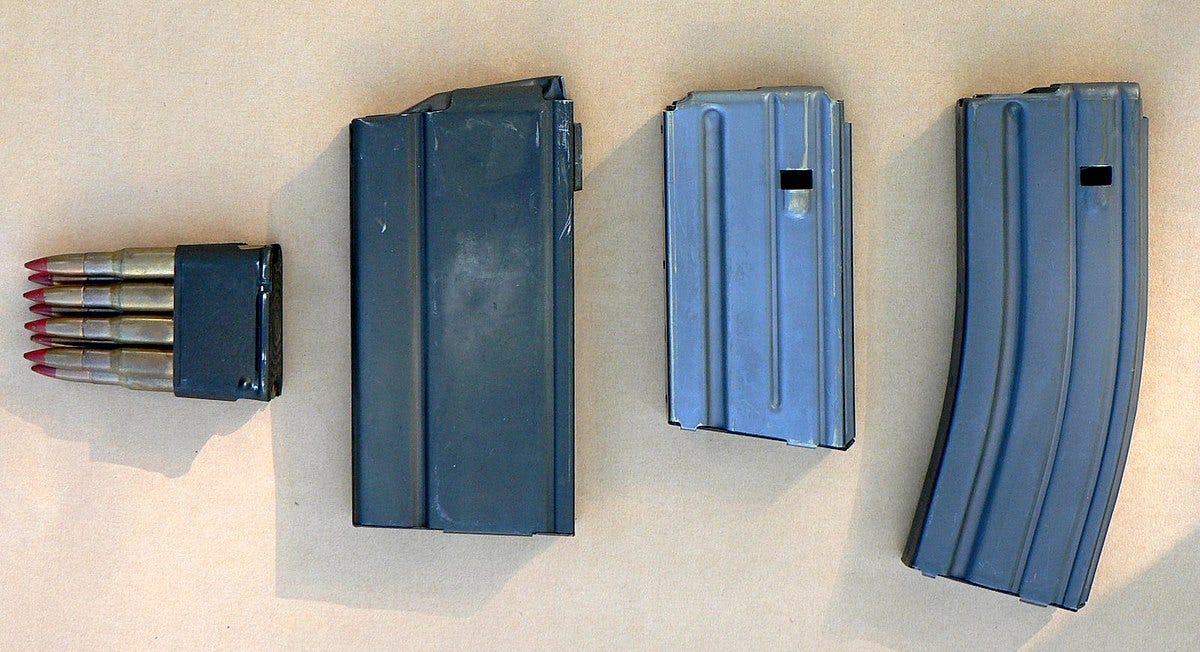




Kudos for pointing out the etymology of the term “Assault Rifle”. Have been making the very same point online for several years now. The “Assault Rifle” term has been burned out by very ignorant politicians (& a compliant & willing media) & totally bastardized.
I’m just loving this article series. Probably just because it confirms all my own biases.